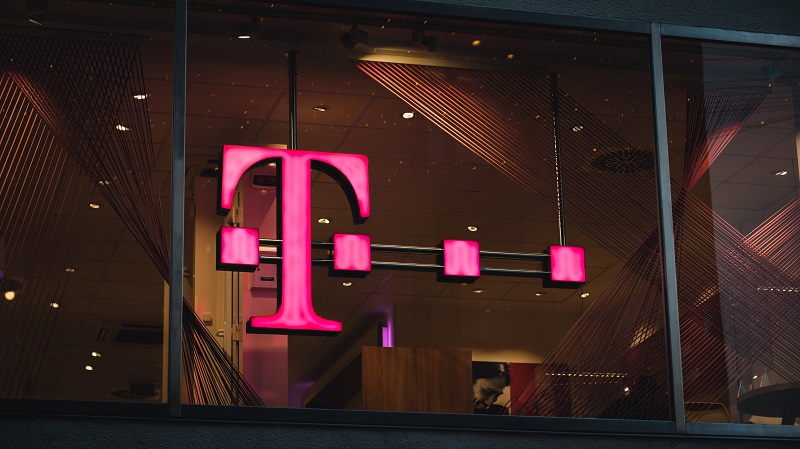All iPhone and Android users on the T-Mobile network may access it, and handsets will display a “5G UC” icon to indicate its availability. The sign informs customers that they have switched to T-5G Mobile’s UC network rather than the company’s standard 5G service. T-Mobile offers two distinct 5G services via its network. The “5G Extended Range” standard of 5G will cover the majority of the United States, including many less densely populated rural regions, and will provide speeds approximately on par with 4G LTE. The speedier “5G Ultra Capacity” offers speeds even quicker than 4G LTE. When you are connecting to T-superior Mobile’s far faster 5G network, you will notice a 5G UC symbol in your status bar. You’ll only see the generic 5G indicator when you’re on T-slower Mobile’s “Extended Range” 5G network.
What is 5G UC?
Some mobile service providers refer to the fastest accessible networks as “5G UC,” which is short for “Ultra Capacity” and describes the latest generation of 5G technology. Even though T-Mobile and Version both employ 5G UC, Version has a somewhat different naming strategy and refers to the same connection speeds by various names. The frequencies that both 5G UW and AT&T call to as 5G Plus provide identical download speeds. This service is highly sought after by carriers in the United States and throughout the globe because it provides the optimal tradeoff between speed and coverage. Prior to recent years, only the military had access to the mid-band (C-band) spectrum that is now being utilized by commercial telecom networks. Even larger carriers like Verizon and AT&T have begun introducing C-band services to their consumers.
5G UC meaning on T-mobile
Both the standard mid-band and the more advanced mmWave frequencies are used by T-networks. Mobile’s The T-Mobile network connects to either one. There will be two different logos for the two different types of 5G: one for the low-band version, which it calls 5G extended range, and one for the ultra-fast version, which it calls 5G Ultra Capacity. This variation exists in terms of both travel time and distance. The 5G expanded range covers more ground at the expense of some of the network’s speed. While 5G ultra capacity is an upgraded version of the same, it may not be accessible in all areas.
Difference Between 5G+, 5G UW, and 5G E
It’s not the first time we’ve seen these particular letters used in a 5G symbol. Similar to “5G UC,” both “5G+” and “5G UW” denote 5G networks that are quicker than the usual low-band networks that provide extended ranges. Whenever your iPhone is linked to AT&T’s 5G millimetre wave network, the “5G+” symbol will show in the status bar. Your iPhone is now linked to Verizon’s Ultra Wideband 5G network if the “5G UW” symbol appears in the status bar. AT&T’s earlier 4G LTE network is marketed as “5G E,” which stands for “5th Generation Evolution.” To tell the truth, 5G E wasn’t really 5G. Sprint filed a lawsuit against AT&T in 2019 for allegedly deceiving consumers with this behaviour. Indicators of strong, quick 5G connections include 5G UC, 5G+, and 5G ultra-wideband. (This is not the same as 5G E, which was far worse than just seeing the 5G indicator and not having 5G.)
Which iPhones will support 5G+, 5G UC, and 5G UW?
More iPhones and Androids with 5G connectivity are now on the market as a result of the proliferation of 5G. T-website Mobile has a comprehensive catalog of 5G-ready devices. The iPhone 12 and iPhone 13 series fall under this category. So, the iPhone 12 mini, iPhone 12, iPhone 12 Pro, and iPhone 12 Pro Max, as well as the iPhone 13 mini, iPhone 13, iPhone 13 Pro, and iPhone 13 Pro Max, are all 5G-ready. Apple’s newest iPhone SE 3, released earlier this year, is also 5G network ready. In conclusion, when you are in densely populated regions or major cities, you are more likely to see a 5G UC, 5G UW, or 5G Plus connection shown on your phone. This indicates that you are making use of the higher-speed and more reliable 5G network connections.
